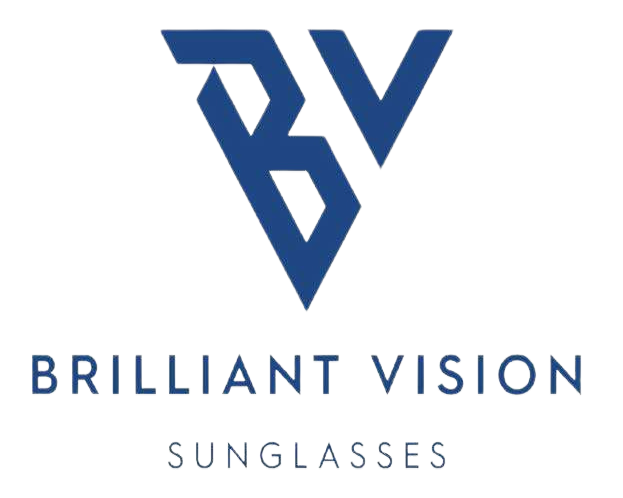There are several different materials for eyewear on the market. For startup brands, they may have questions like: What material should we choose for our brand’s first pair of glasses? What are the advantages and disadvantages of each material? How does the material affect every stage of production and sales?
Let us focus on the above issues and provide you with answers and solutions.
1. Choosing the right material is the beginning of a great endeavor.
Your choice of eyewear material is far more than a simple design decision; it is a fundamental strategic commitment that defines your brand’s identity, profitability, and market position. The material is the first physical touchpoint for your customer, silently communicating your values—whether that’s the premium innovation of titanium, the artistic flair of acetate, or the durable value of stainless steel.

This choice directly dictates your cost structure, impacting everything from initial production to long-term maintenance and customer satisfaction. Critically, it serves as your key differentiator in a crowded market, allowing a designer’s vision or a professional optometrist’s expertise to become a tangible, feelable product.
By aligning your material with your target audience’s desires for comfort, aesthetics, and values, you move beyond merely selling a product to building a resonant and durable brand. Ultimately, selecting the right material is an investment in your brand’s story, its operational efficiency, and its competitive edge.
2. Why Your Frame Material is a Silent Brand Ambassador
Before your story is even read, the material of your eyewear begins to tell it—communicating your brand’s quality and essence through touch and feel. This guide is designed for those building a brand with purpose: designers, influencers, optometrists, and retailers ready to make every detail count.
3. A Quick Guide to Core Pros, Cons of Each Material & Brand Image
The Classic: Acetate
Brand Image: Vintage, Fashionable, Artistic, Unlimited colors/patterns
Pros & Cons: Hypoallergenic and excellent for aesthetics; Can be heavier.

The Eco-Conscious Choice: Eco-Friendly Acetate
Brand Image: Sustainability, Environmental responsibility
Pros & Cons: Reduced Environmental Impact; Higher Cost

The Premium: Titanium & Beta-Titanium
Brand Image: High-end, Technical, Durable, Lightweight, Minimalist
Pros & Cons: Hypoallergenic, strong, and light; Higher cost.

The Value Leader: Stainless Steel
Brand Image: Modern, Robust, Cost-effective
Pros & Cons: Strong and affordable; heavier than titanium.

4. Your Action Plan: 4 Key Questions to Ask Your Manufacturer
- For my target price point, which material offers the best quality perception?
- What is the long-term durability and typical repair rate for this material?
- What is the level of customization available for colors, finishes, and textures?
- Can you provide material samples for us to assess the look and feel?
5. Conclusion: Choose a Material that Speaks for Your Brand
The right material is a strategic investment in your brand’s identity and market success. At Brilliant Vision, our extensive experience allows us to bring all our customers’ ideas to life.
Need tailored services? Please contact:
michael@bvsunglasses.com

